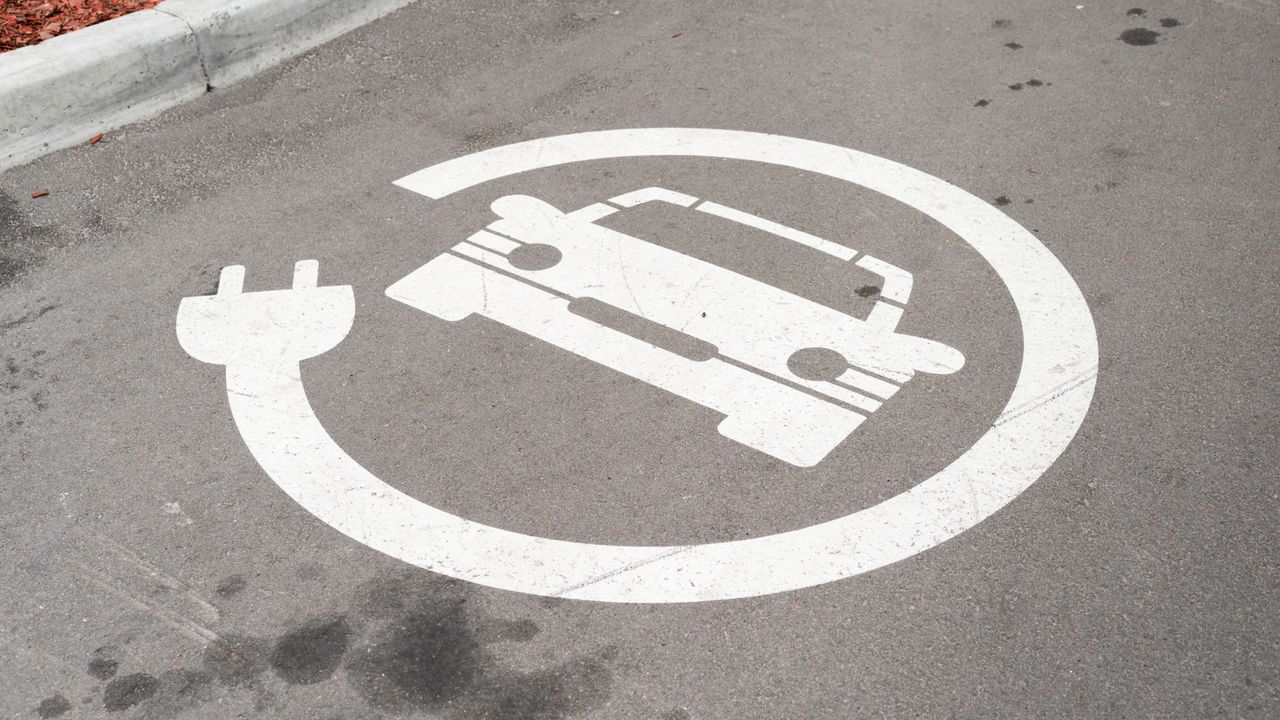Electric Vehicle Charging at Home: Options and Considerations
With the rise of electric vehicles (EVs), many people are considering switching to an EV for their daily commute. However, one of the main concerns for EV owners is the availability of charging stations. Fortunately, home charging is a viable option for many EV owners. In this post, we will explore the different options and considerations for home charging.
Charging Time
One of the most important considerations for home charging is the charging time. The charging time depends on the type of charger you have and the battery capacity of your EV. There are three types of chargers: Level 1, Level 2, and Level 3.
Level 1 chargers are the slowest and can take up to 20 hours to fully charge an EV. These chargers use a standard 120-volt outlet and are suitable for overnight charging.
Level 2 chargers are faster and can fully charge an EV in 4-8 hours. These chargers require a 240-volt outlet and are ideal for daily charging.
Level 3 chargers are the fastest and can charge an EV up to 80% in 30 minutes. However, these chargers are expensive and require special installation.
Charging Installation
Another important consideration for home charging is the charging installation. The installation process depends on the type of charger you have and the electrical capacity of your home.
Level 1 chargers can be plugged into a standard 120-volt outlet and do not require any installation. However, if you plan to use a Level 1 charger regularly, it is recommended to install a dedicated circuit to avoid overloading your electrical system.
Level 2 chargers require a 240-volt outlet and a dedicated circuit. The installation process can be complex and may require the services of a licensed electrician. It is important to ensure that your electrical panel can handle the additional load of a Level 2 charger.
Level 3 chargers require special installation and are not suitable for home charging. These chargers are typically found at public charging stations and are used for quick charging on the go.
Home Charging
Home charging is a convenient and cost-effective option for many EV owners. With home charging, you can avoid the hassle of finding a public charging station and can charge your EV overnight while you sleep.
To ensure that your home charging is safe and efficient, it is important to choose the right charger and install it properly. You should also consider the charging time and the electrical capacity of your home.
Conclusion
In conclusion, home charging is a viable option for many EV owners. The charging time and installation process depend on the type of charger you have and the electrical capacity of your home. Level 1 chargers are the slowest and do not require any installation, while Level 2 chargers are faster and require a dedicated circuit. Level 3 chargers are the fastest but are not suitable for home charging. By choosing the right charger and installing it properly, you can enjoy the convenience and cost-effectiveness of home charging.
